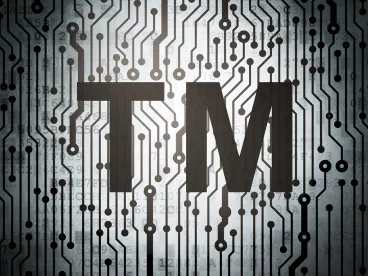The Trademark Modernization Act is the most significant trademark legislation passed in decades. While the act was passed late in 2020, most of the new procedures it introduces are only due to come into effect on December 18, 2021. Given the scale of the changes, it is crucial that trademark owners and practitioners make themselves aware of the new tools that will shortly be available.
Expungement proceedings
After December 18, 2021, a party will be able to petition the USPTO to expunge a registration for a trademark that has never been used in commerce. Typically, an expungement proceeding must be initiated between three and 10 years after the registration date. However, until December 27, 2023, a proceeding may be requested for any registration that is at least three years old, regardless of the 10-year limit.
Re-examination proceedings
Once the new rules come into effect, any party may request cancellation of some or all of the goods and/or services in a use-based registration, if they have reason to believe that the trademark was not in use in commerce with the identified goods or services on or before a relevant date. For trademark applications filed on the basis of use in commerce, the relevant date will be the filing date of the application. For intent-to-use applications, it will be the latest date that an amendment to allege use was filed, or the date that the deadline to file a statement of use expired. A re-examination proceeding must be requested within the first five years after registration.
How to institute expungement or re-examination proceedings
The party seeking expungement or re-examination is required to submit a petition to the USPTO director to institute a proceeding. The request must include: a verified statement establishing that a reasonable investigation was conducted into whether the trademark had been used in commerce with specified goods or services, which includes a concise factual statement explaining the basis for the petition; evidence supporting a prima facie case of non-use in commerce; and a $400 fee per class of goods or services at issue.
TTAB cancellation proceedings
Further, a party can now also request cancellation of a registration through the TTAB on the basis of expungement. Cancellation of a registration for non-use and abandonment of a mark are not affected by this new ground for cancellation. This reason for cancellation will be available any time after the first three years of the registration date.
Delayed implementation of the abbreviated office action response period
One of the more sweeping amendments in the Trademark Modernization Act is the shorter response time for office actions. With the exception of Madrid Section 66(a) applicants, a party must respond to an office action issued during examination of an application, or post registration, within three months. This is a significant change to the existing six-month response period. Applicants or registrants can request a single three-month extension of the time to respond for a fee of $125. If the USPTO does not receive the extension request or response within the first three months, the application will be abandoned, or the registration will be cancelled. This rule will not come into effect until December 1, 2022, as this will require extensive changes to the USPTO system.
Comment
While the act offers a framework for legitimate trademark owners to attack applications and registrations procured through fraud, these mechanisms can present serious challenges to the viability of their registrations. Trademark owners may want to re-assess their trademark portfolios. For registrations that are more than three years old and cover goods and services for which a mark has not been used, the owner should consider filing a new application. Practitioners ought to exercise care when advising trademark owners about claiming use in a federal trademark application.




 />i
/>i

